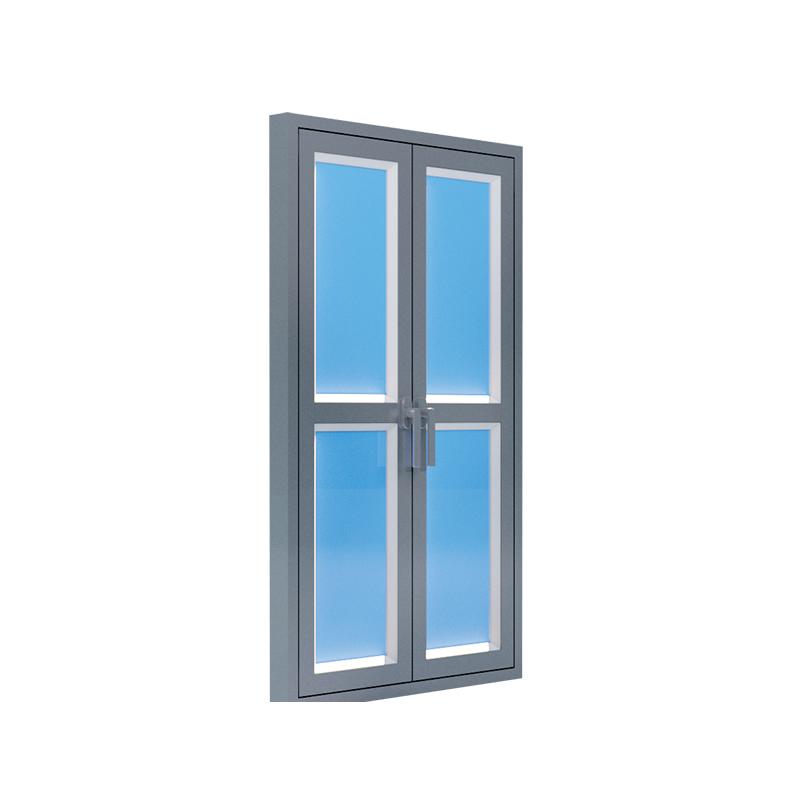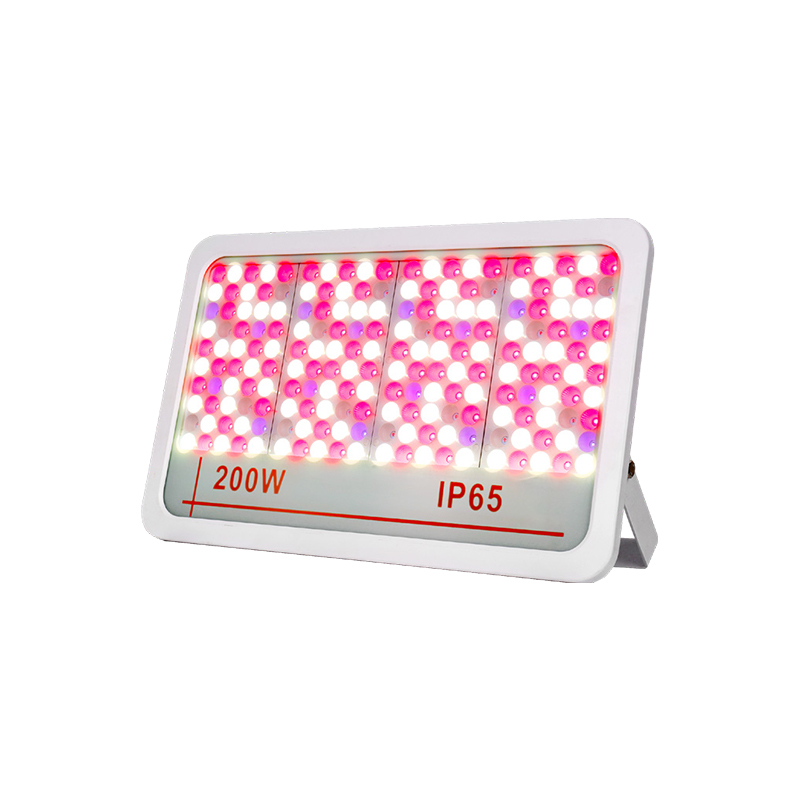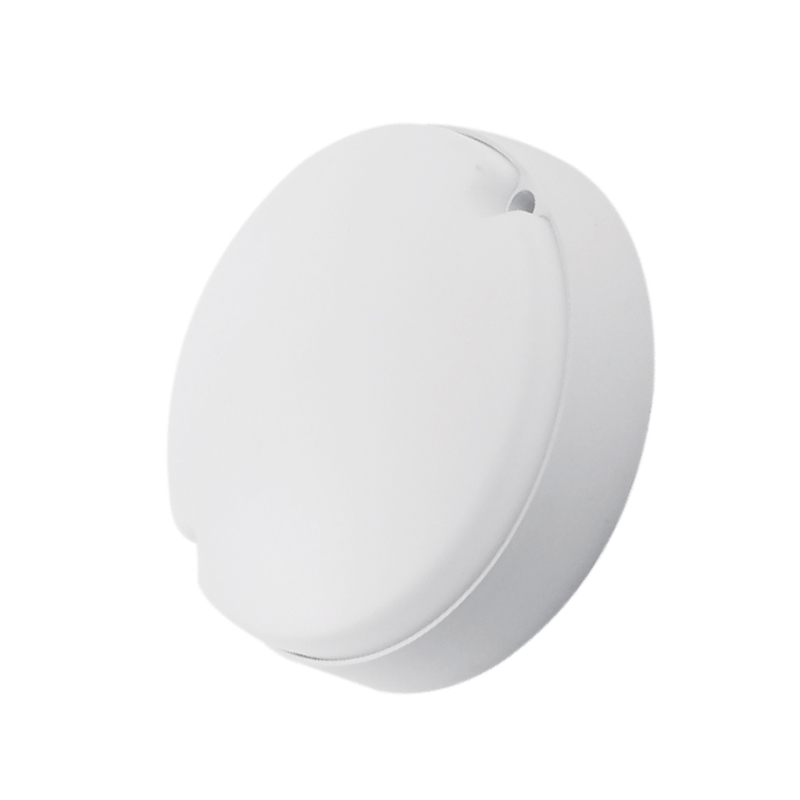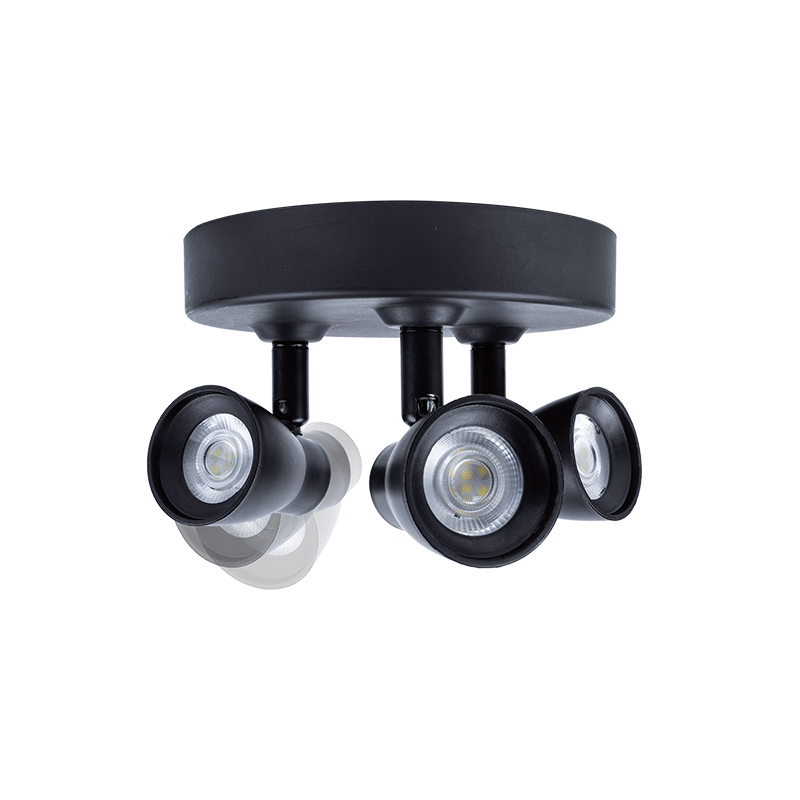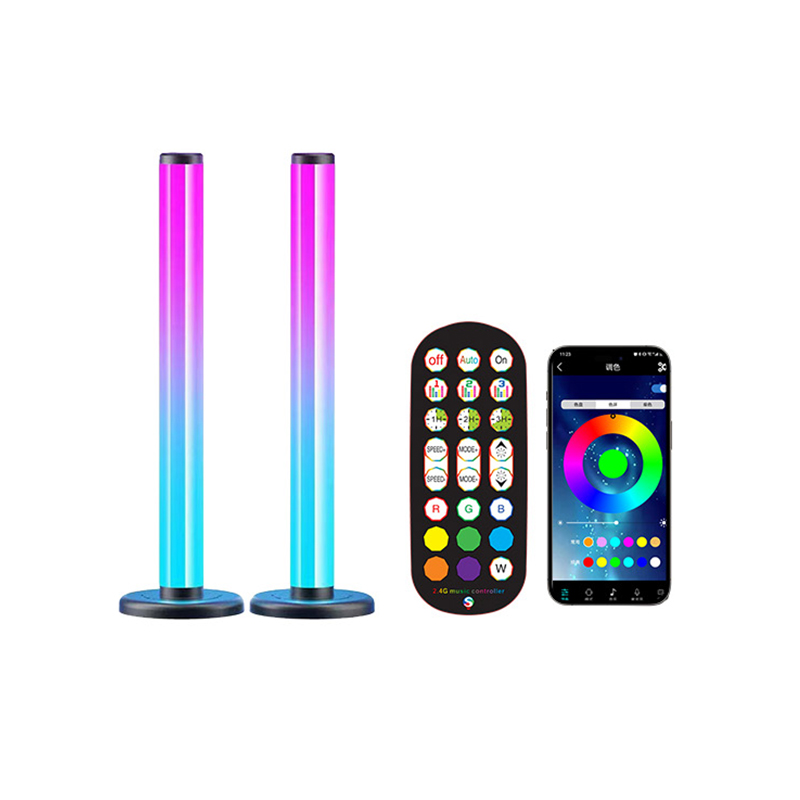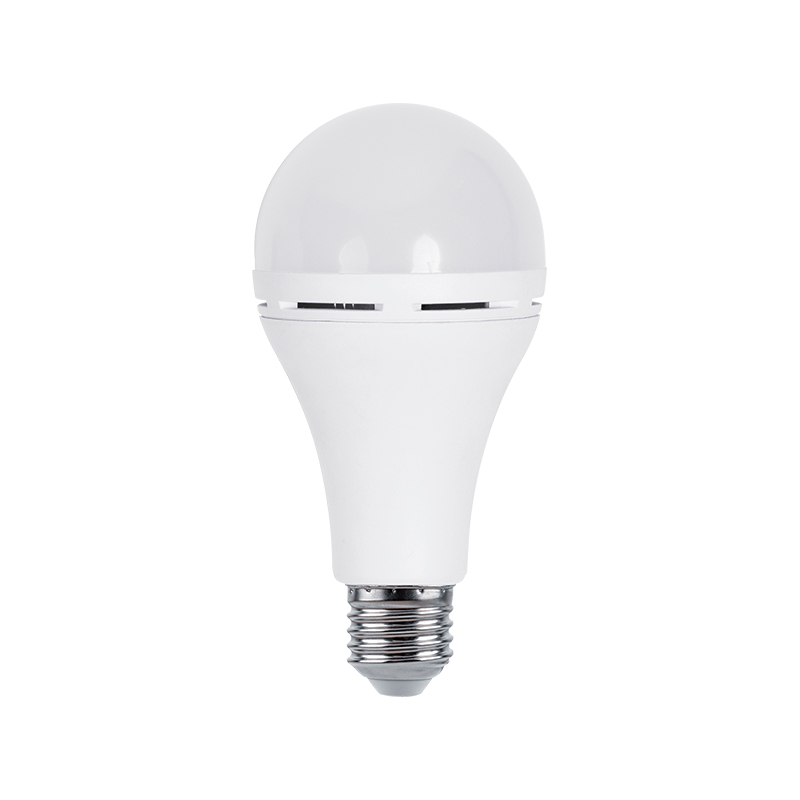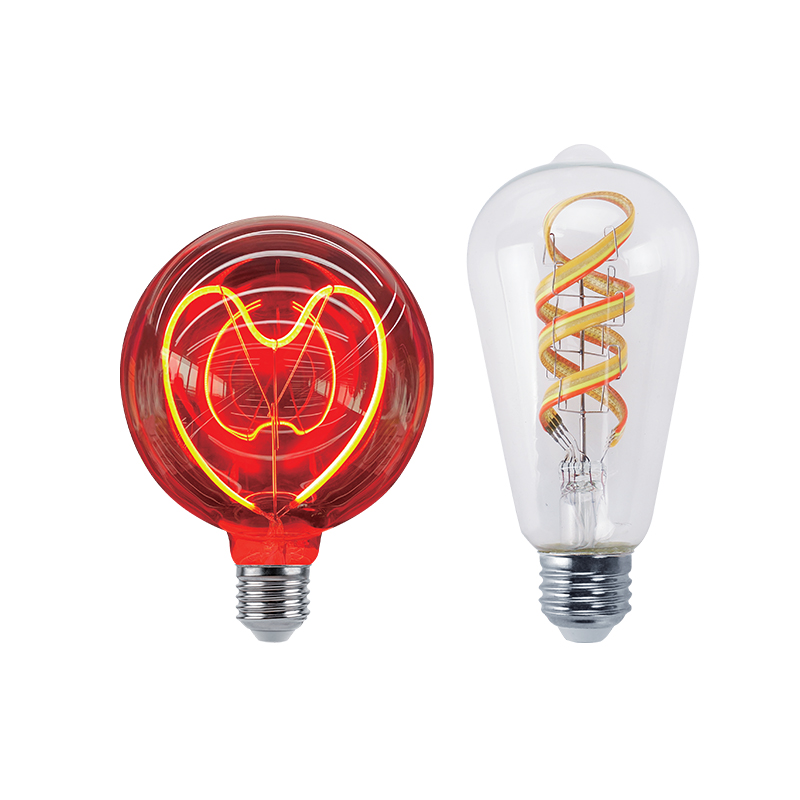We sincerely look forward to establishing a long-term development partnership with you with good quality and professional services.
Edge-lit
A common feature of edge-lit LED panel lights is their thin profile. Compared with back-lit panel lights, edge-lit LEDs are thinner and emit light from the sides, creating a uniform, even beam. They are built with extruded aluminum and PMMA lenses, and can be easily recessed into a drop-in ceiling. They can also be mounted on a variety of surfaces, including drop-in ceilings.
This type of LED panel light features LEDs around the edge of its aluminum frame. The light is then dispersed through the lens of the panel. These panels are typically half an inch thick and can be installed in standard drop ceilings. They can also be surface mounted or suspended. Compared to backlit models, edge-lit panels require more LEDs to produce the same amount of light. Therefore, they are more expensive. Also, their light output may not be as good as the backlit option.
Back-lit
Back-lit LED panels are more energy efficient than edge-lit ones. They do not get hot in the back and have better light distribution. A light guide plate (LGP) is a cheap material that is not prone to yellowing with age. The rear part of a back-lit LED panel is lightweight and can serve as a driver or diffuser. This new design eliminates the problems associated with old edge-lit panels.
LED back-lit panels do not have the slim profile of edge-lit panels. The cost is much lower as fewer LEDs are required. Back-lit LED panel lights also have a greater lumen output than edge-lit panels. They are also thinner and easier to install in drop ceilings. Back-lit LED panels are also less expensive than edge-lit models. They may not be as visually appealing as their edge-lit counterparts, but they do have more advantages than disadvantages.
Lumens-per-watt rating
When comparing the lumen-per-watt rating of LED panel lights to conventional incandescent bulbs, it's important to remember that there's no one single metric that can be used to measure their efficiency. For example, the luminous flux of an LED chip may be 4,300, while the output of the overall fitting is 3,700. However, the 600 lumens that are missing are lost in the diffuser that sits between the LED chips and the observer. So the overall luminous flux will decline steadily with time. This is the reason why you should always check the lumens-per-watt rating of LED panel lights carefully.
The Lumens-per-watt rating of an LED panel light tells you how efficient the light is - the more lumens the light produces, the better. LED panel lights with a high Lumens-per-watt rating will save you the most money. The first batten of LED lights will emit more light than the second because it has more efficient LED chips. The second batten, meanwhile, uses more power but still has an average Lumens-per-watt rating of 84.5.
Color temperature
While the brightness of LED lighting is crucial to the overall look of a space, color temperature is equally as important. The right temperature can make a big difference to the mood of a workspace and can even improve worker productivity. Different areas of a workspace require different levels of illumination, and a general umbrella approach isn't enough. Listed below are tips to determine the proper color temperature of LED panel lights. They will determine the best lighting option for different rooms.
Correlated Color Temperature (CCT) is the measurement of the color of light that an LED product can produce. The range of temperature ranges from two thousand to six hundred and fifty Kelvin. The lower the Kelvin number, the warmer the light will appear. On the other hand, the higher the colour temperature, the cooler it will appear. While most LED lighting products are available in many different hues and color temperatures, the most common ones are white, yellow, and red.
Durability
LED Panel Lights are the most common indoor lighting choices. They have become increasingly popular with consumers due to their bright light, energy savings, and long lifespan. Unlike traditional ceiling lights, they do not leak light, emit heat, or create a thermal effect. Furthermore, they are extremely thin, and feature three layers to keep them safe and secure. The LED light source itself is placed at the front of the panel, with a reflector plate at the back. This combination of three layers provides the light fixture with a fantastic look.
The reflective paper in LED Panel Lights should be fixed tightly to the panel to avoid wave-like patterns in the light. Poor-quality reflective paper can cause light to spread unevenly. Finally, the LED panel must have a metal back plate. Metal back plates are better than plastic, as they act as additional heatsinks and add rigidity to the panel. However, plastic back plates do not conduct heat well and do not provide much rigidity to the panel.

 English
English Español
Español Deutsch
Deutsch